Transcript:
Why Lean Manufacturing Needs Cloud ERP:
It’s about 10 years since we had our first lean implementation here. It wasn’t until last year that we were able to put the pieces together because we needed to wait for the software to hit the clouds. Legacy systems are really too expensive and too clunky for a company of this size to be able to implement a robust ERP and we wanted something with which we would be able to grow to four times our size.
We also want something that we can add on to if we want to do things like track production, raw material, and efficiency on the factory floor; not all of our production employees use computers but all of them use smartphones and with a cloud based system like Rootstock we can have apps put on to smart phones that our production employees can use to track production, to track receiving, track cutting, track efficiency and things of that nature in real time. We can use that real time data for sales. We can also use, we can also integrate our website with rootstock and populate our product line using materials and processes that we already have costed, have that information flow to the factory using API’s and other new technologies and have our MRP system purchase goods, have work travelers and work tickets and production planning done without having to use any indirect labor or admin staff.
How Cloud ERP Reduces costs:
One of the things we have been able to use Rootstock to do to save cost is to really get a handle on our raw material inventory. We are able to make substitutions of raw materials in bills of material; so that if we are out of this swivel hook we can substitute a different swivel , take a look at what kind of inventory we have, recommends certain kinds of materials to our clients based on availability.
If sales people make recommendations of materials based on availability and cost and it will reduce waste and sting on operations tremendously.
In the future with ERP and the internet of things, we will be able to take orders online and use ecommerce and do many stages of our manufacturing using robotics, picking components and materials, using robotics to put them into bins, using apps to give workers instructions what to do with those bins and tracking production of them.

 Dad Caps
Dad Caps
 Five Panel Hats
Five Panel Hats
 Mesh Back Hats
Mesh Back Hats
 In Stock Blanks
In Stock Blanks
 Snapback Hats
Snapback Hats
 Stretchfit Hats
Stretchfit Hats
 Duffel Bags
Duffel Bags
 Backpacks
Backpacks
 Tote Bags
Tote Bags
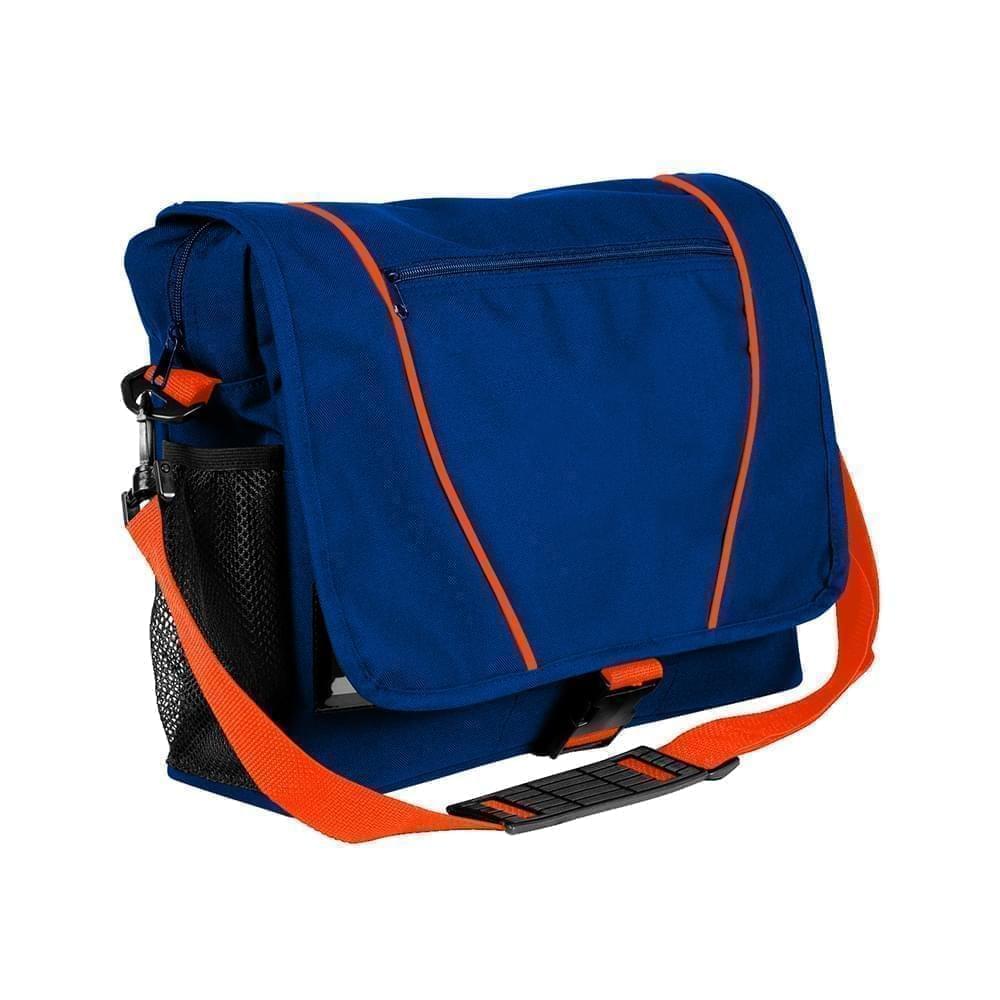 Computer Bags
Computer Bags
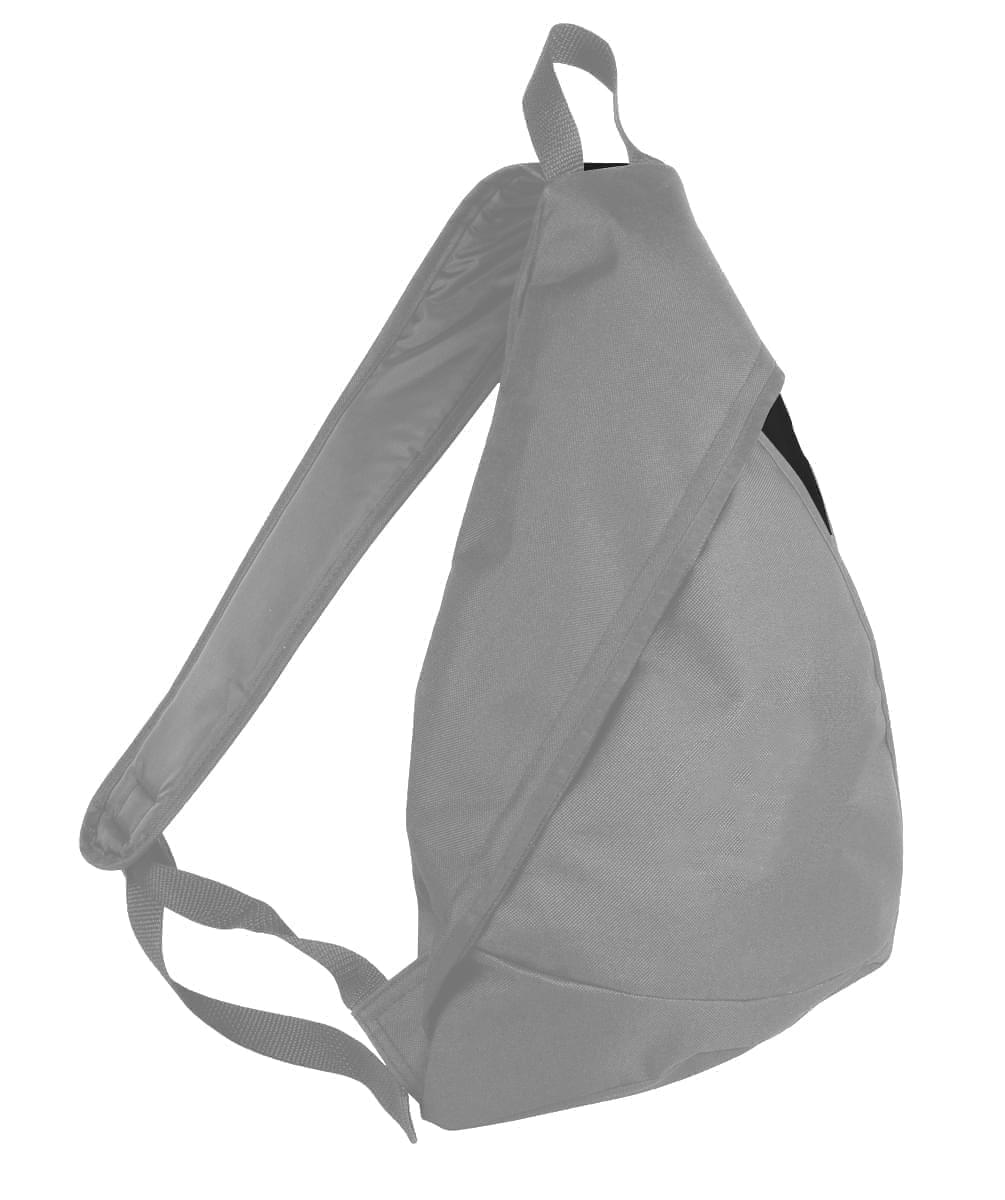 Sling Messenger Bags
Sling Messenger Bags
 Cooler Bags
Cooler Bags
 Cuff Hats
Cuff Hats
 Beanies
Beanies
 Scarves
Scarves
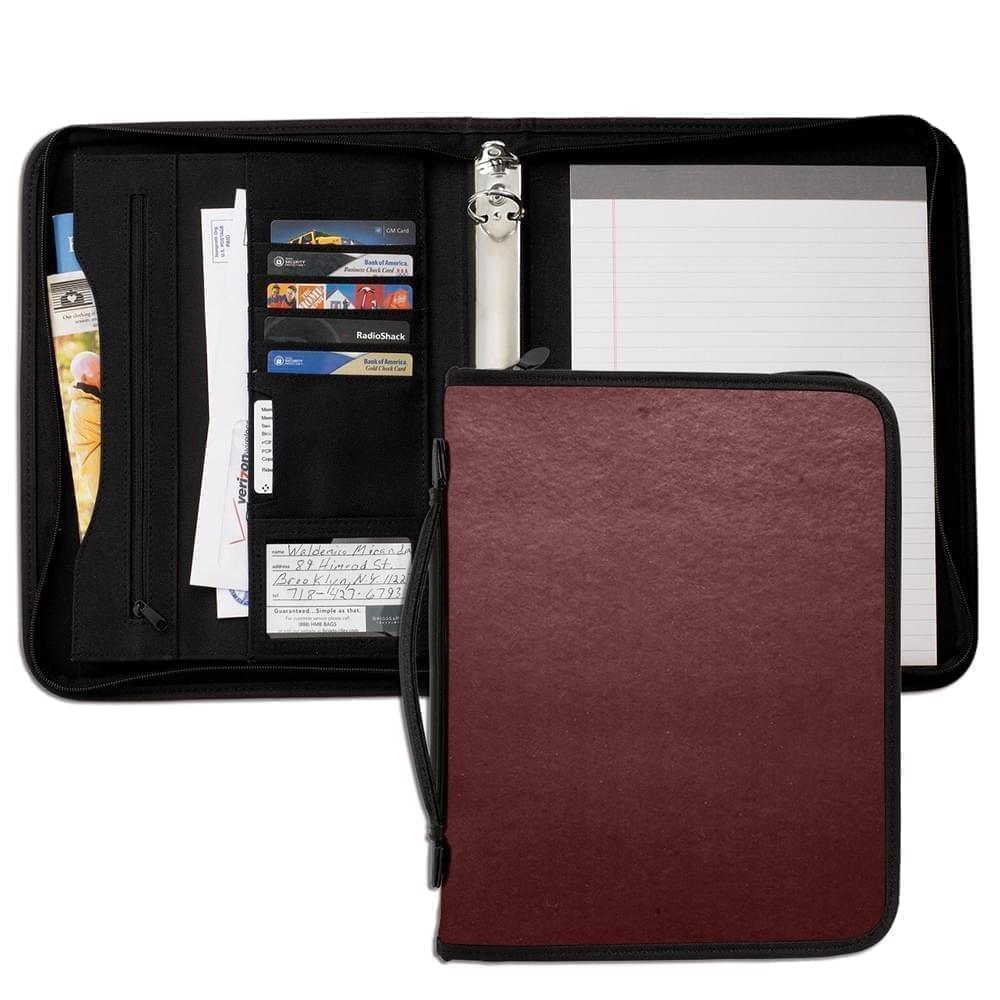 Zipper Folders
Zipper Folders
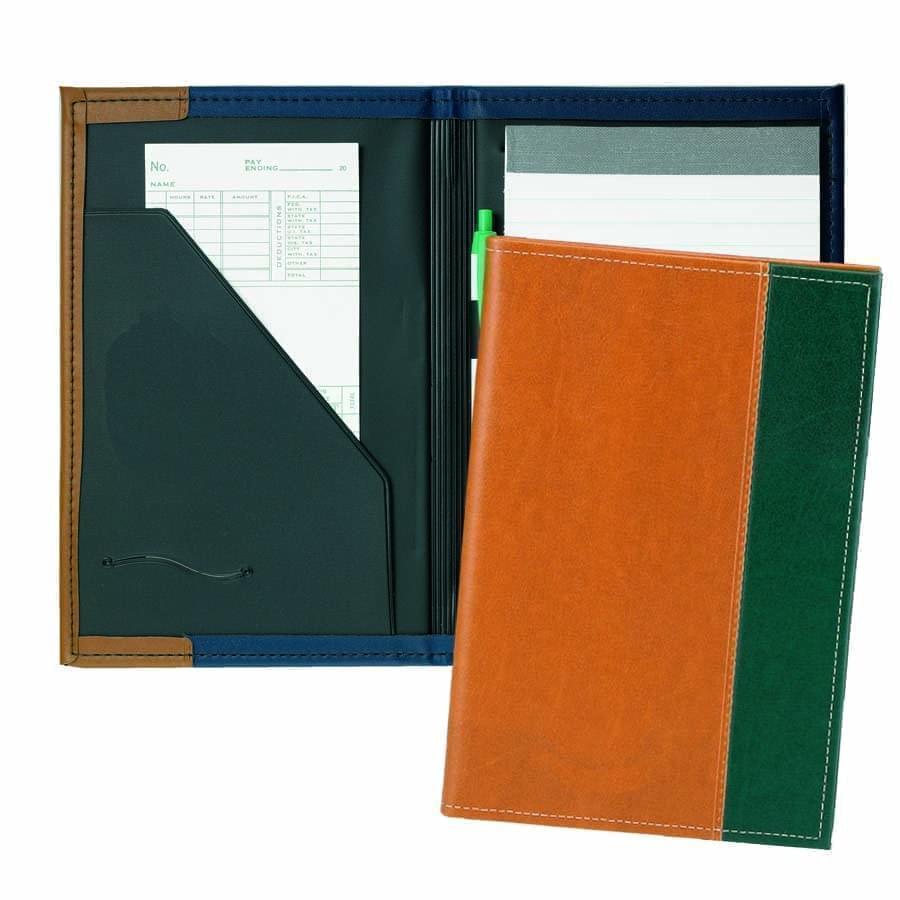 Stitched Folders
Stitched Folders
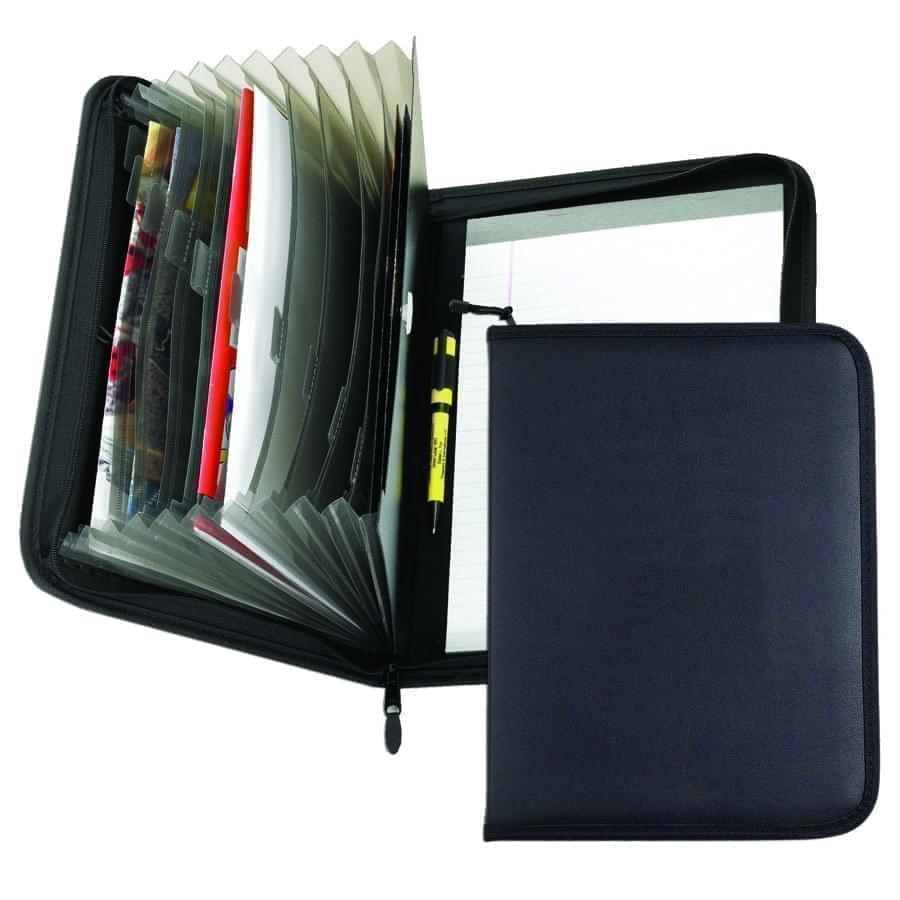 Accordion Folders
Accordion Folders
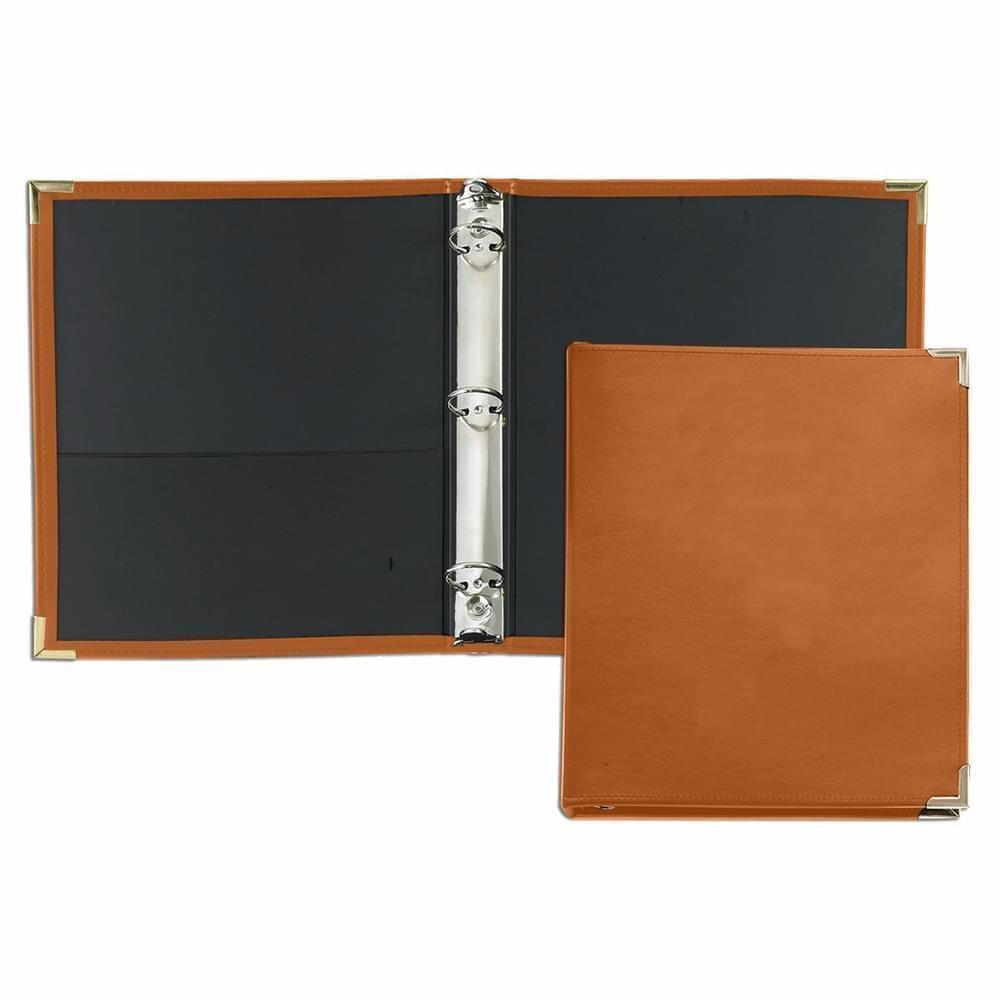 Ring Binders
Ring Binders
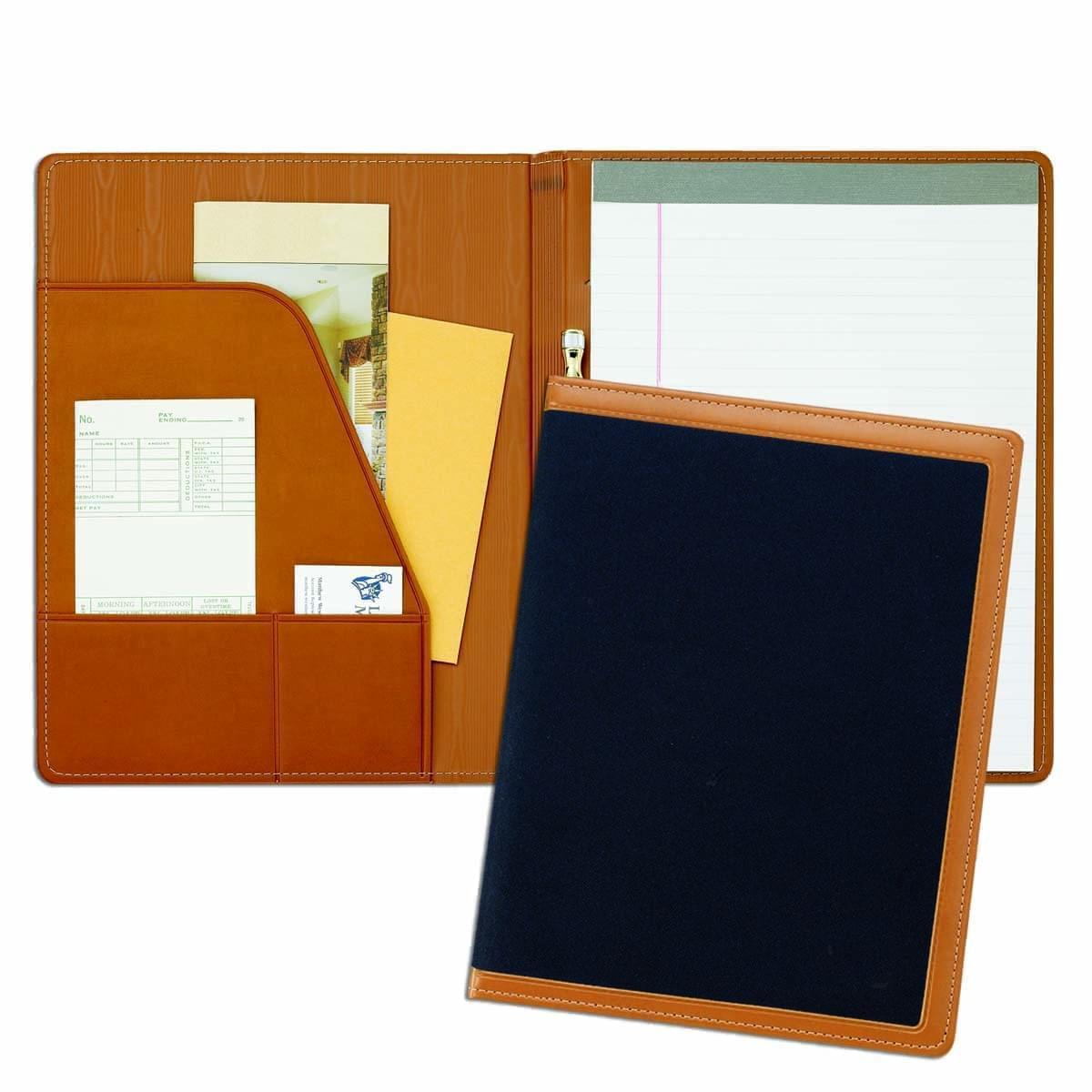 Letter Folders
Letter Folders
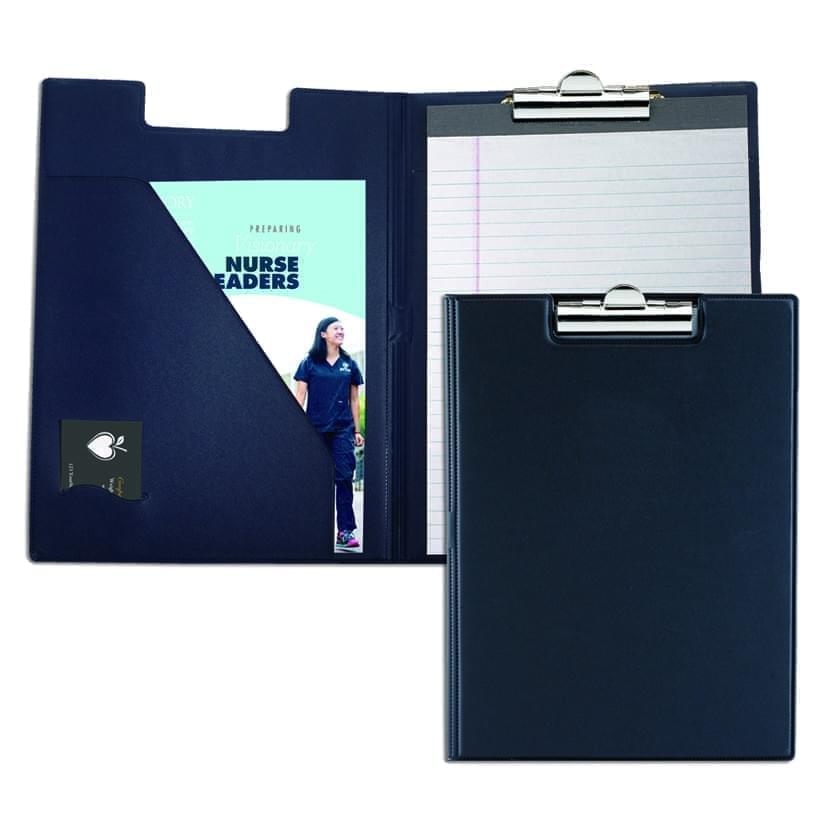 Clipboards
Clipboards

 Union Made In USA
Union Made In USA






